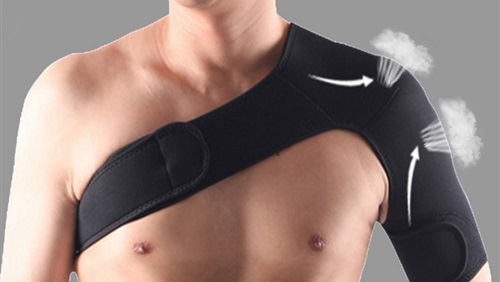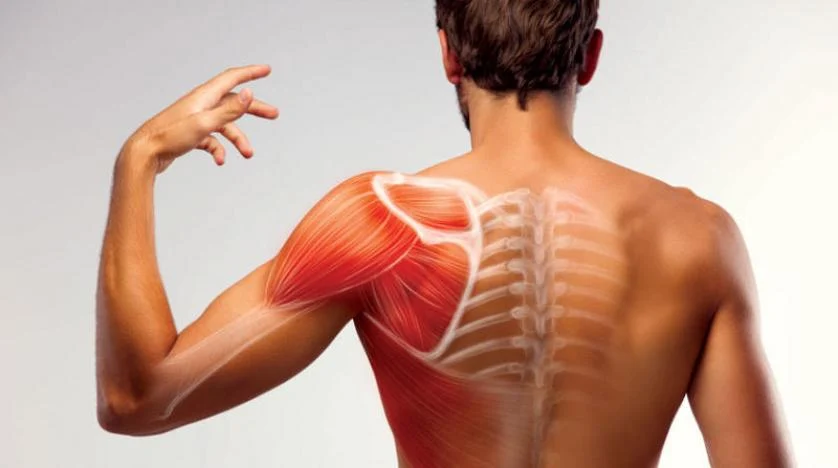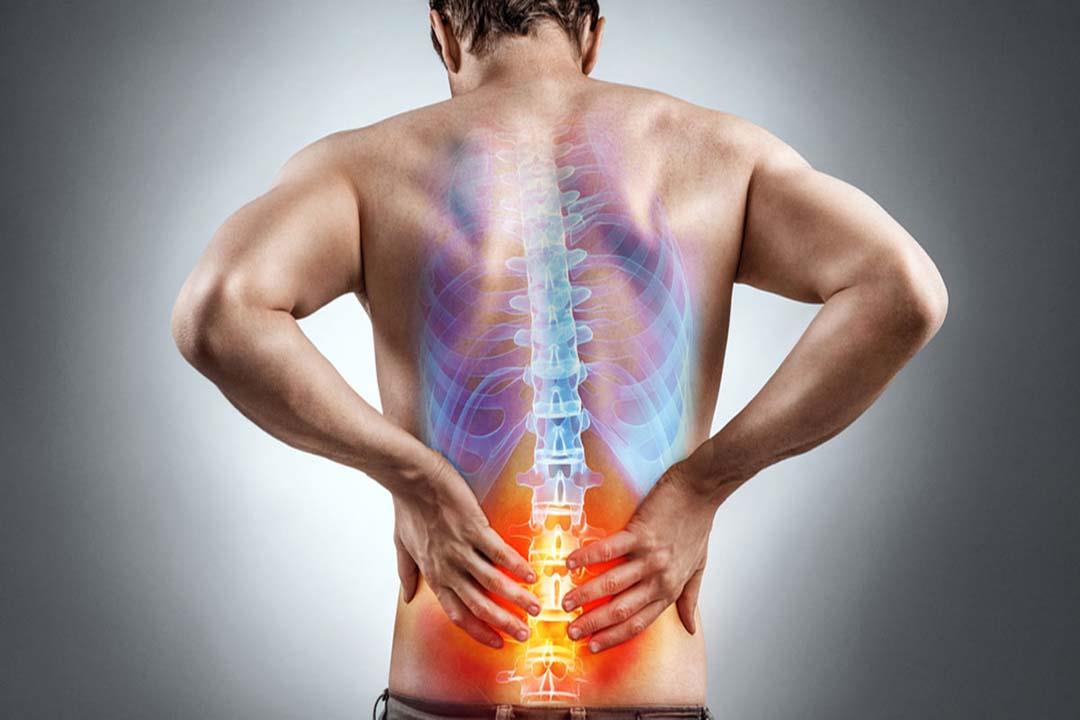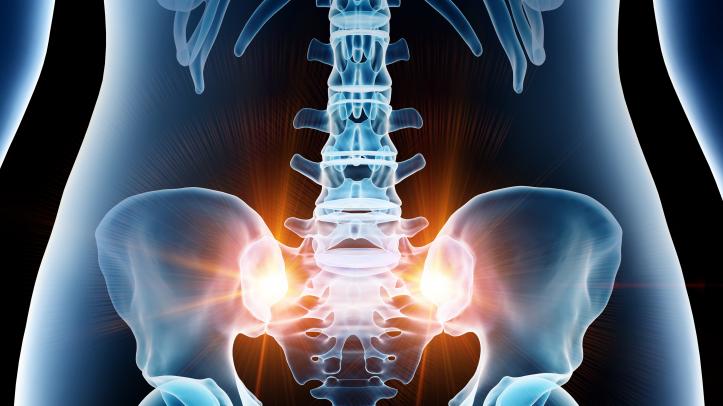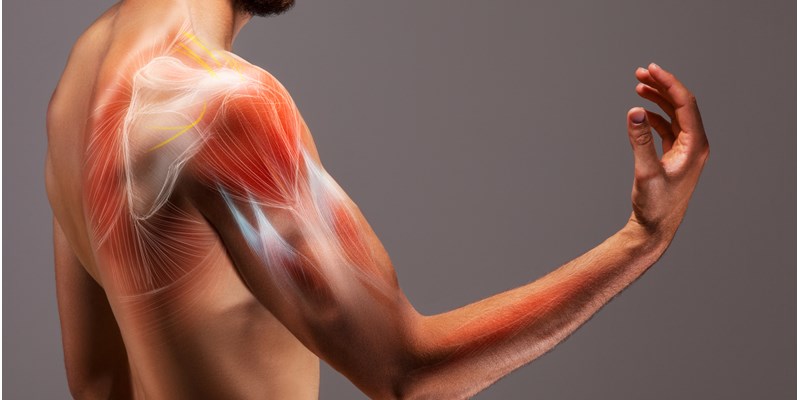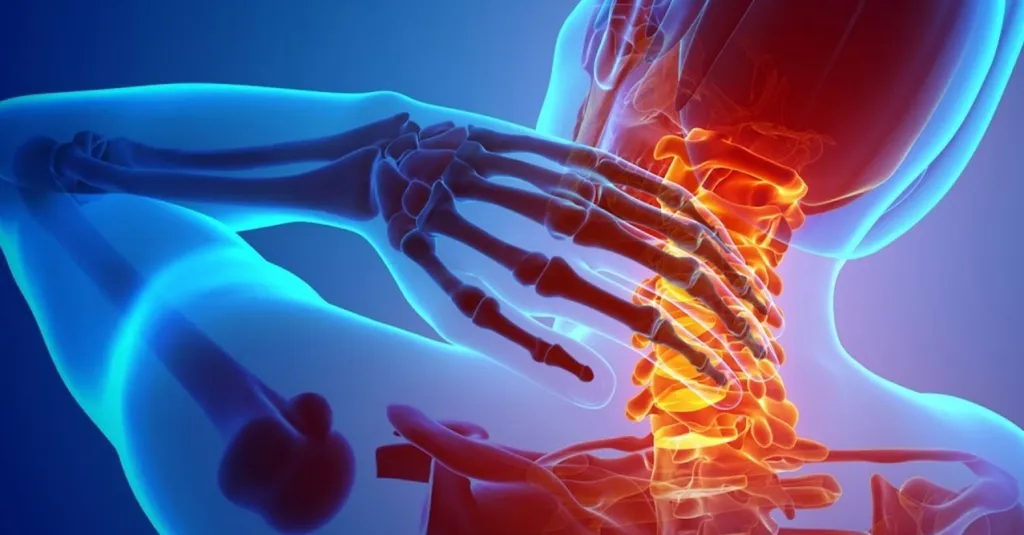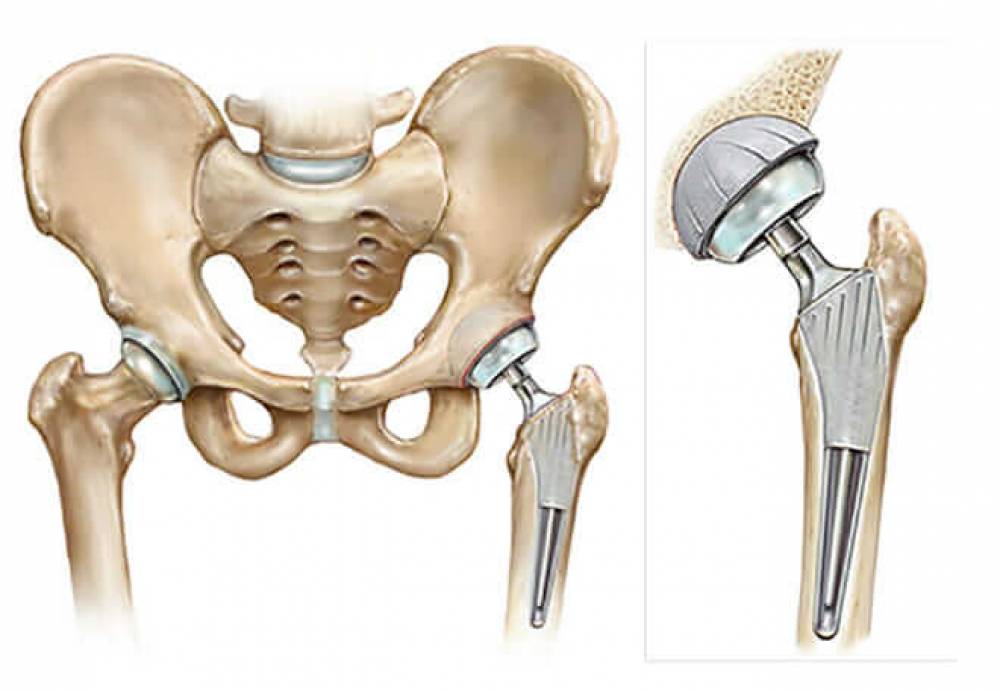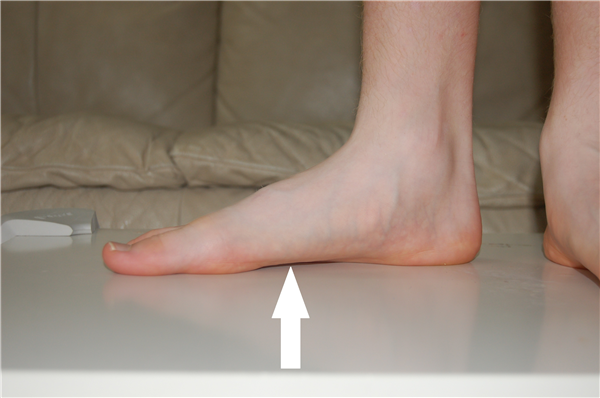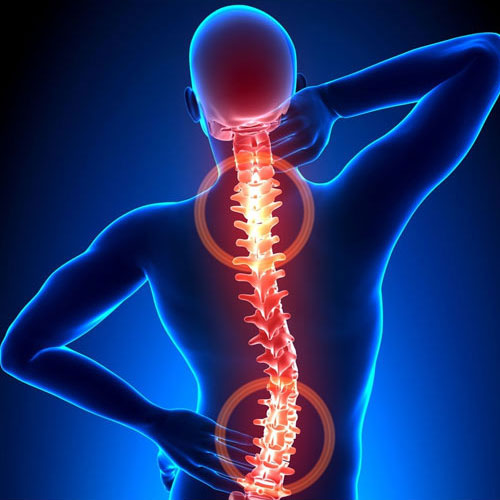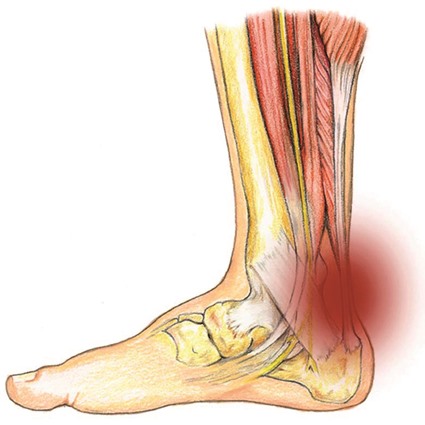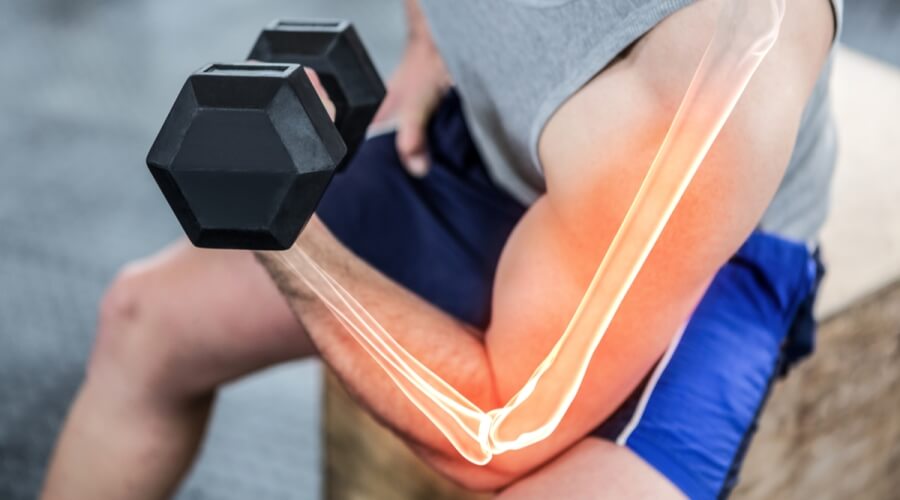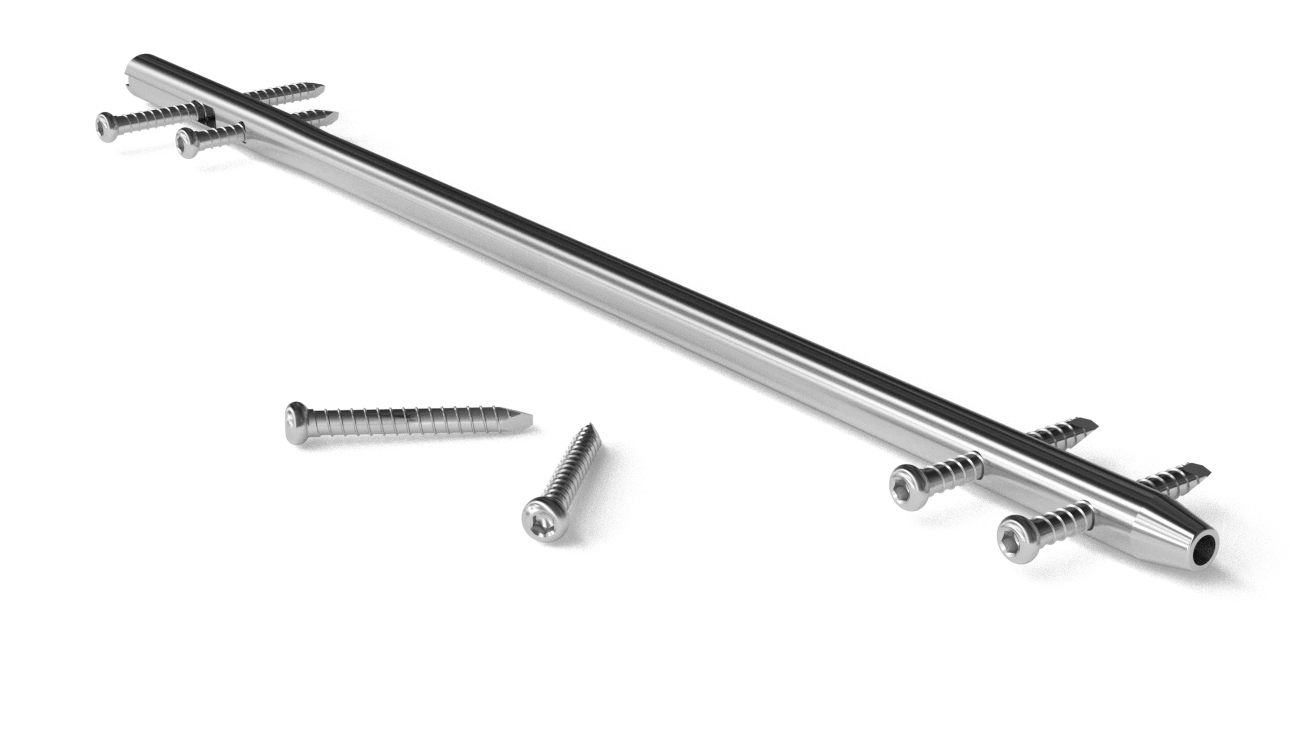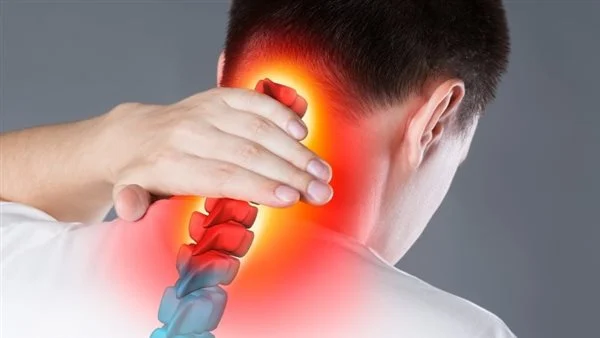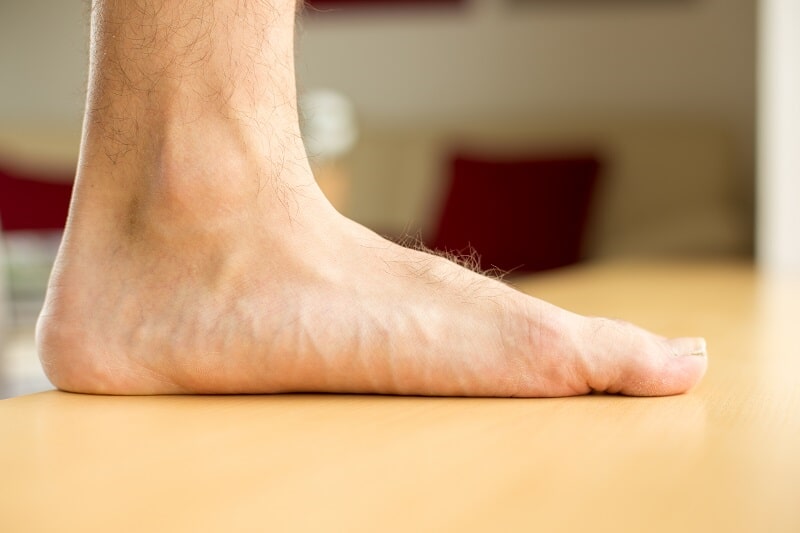Learn about cruciate ligament treatment
It is very important to receive treatment quickly immediately after any injury to the cruciate ligament, because neglecting this injury may cause many serious complications, follow the following article with us to learn about the most important therapeutic methods that are followed in the treatment of cruciate ligament injuries.

Cruciate ligament treatment
The cruciate ligament may be treated through two methods, one of which requires surgical intervention and the other is otherwise, and the most appropriate is determined according to the individual’s condition, so if he is still a young man in his prime, then surgical intervention is a suitable solution for him to be able to continue his life in a normal way, but if he is old, then this is not necessary and he can live with the injury and try to adapt to it.
The method of treatment differs from one person to another depending on the size of the injury and the extent of the health condition of the individual, and here are some treatment methods that are followed immediately after exposure to the injury:
- First Aid: If the individual suffers a minor injury, it is dealt with quickly by applying ice packs, elevating the leg, and avoiding pressure on it altogether, in addition to reducing swelling by wrapping the injured knee.
- Anti-inflammatory drugs: The doctor prescribes some anti-inflammatory drugs to reduce the swelling that occurs as a result of the cruciate ligament injury, in addition to prescribing some painkillers to reduce the severity of the pain. If the condition is bad, the doctor prescribes injections to the patient.
- Knee brace: If the patient is forced to put pressure on the knee, in that case, he installs a knee brace to be able to fix it in place and ensure that it does not move.
- Physiotherapy sessions: It plays a very big role in supporting and strengthening the health of the knee through exercises to strengthen the muscles that surround the knee, and this makes the joints able to perform their function very effectively.
- Surgery: If the cut is complete or the condition is terrible, the surgical solution is nominated by the doctor, during which he completely replaces the ligament with another one, after which the individual follows a rehabilitation program through physical therapy, and recovery takes place after that within 12 months.
Partial tearing of the cruciate ligament
Partial tearing of the cruciate ligament may not require surgical intervention in most cases in its treatment, and simple methods are followed with care to take a sufficient amount of rest, but it should not be neglected and ignored and treatment should begin immediately upon its occurrence, and many symptoms indicate the presence of a partial tear in the cruciate ligament, for example:
- The presence of pain in the knee, and the extent of its strength varies according to the size of the rupture.
- A crackling sound is coming from the knee.
- Inability to move for a long period.
- Inability to balance or put too much pressure on the knee.
- A sense of discomfort when one is in motion.
- A tumor may appear within 24 hours of exposure.
- Difficulty bending the knee.
- knee stiffness.
Cruciate ligament rupture treatment without surgery
When the optimal treatment method does not require surgical intervention, the focus is most likely on how pain can be reduced until full recovery is achieved, and examples of the methods used in this are:
- Apply some ice packs directly to the knee area to relieve the pain.
- Take enough rest and make sure to avoid doing any activities that are stressful for the knee.
- Make sure to raise the leg above the level of the body in the case of sitting or relaxing.
- Using an elastic band in the knee area to stabilize the joint.
- Commitment to the rehabilitation program prescribed by the physiotherapist.
Exercises for cruciate ligament rupture
The exercises recommended by doctors after the cruciate ligament surgery have a very big role in accelerating the recovery process, but they must be done with great care and preferably under the supervision of a physiotherapist, examples of these exercises are:
- Lifting the heel of the foot: This exercise requires leaning on both hands on the back of a chair in order to ensure good balance, after which the heel of the affected foot is raised off the ground and standing on the tips of the toes very carefully, and this position lasts from 5 to 10 seconds.
- Straight leg raises: This exercise is done by sleeping on the floor in a straight position, stretching, then raising the injured leg upwards, and the injured person remains in this position for a few seconds, then lowers it.
- Knee flexion with stretching: Sleeping on the stomach with straight legs straight, and the affected knee bent until the heel of the affected foot reaches the backside, and this position is held for only a few seconds.
- Squatting: This exercise requires standing with the feet open at the same level as shoulder width, the knees slowly bent, and the hips bent to form an angle of 45 degrees, and that position is maintained for 5 seconds.
- Climbing a step: This exercise is done with the help of a staircase or a chair, and the individual puts his foot on one of the two options that are used and takes it down again.
- Standing on one leg: This exercise requires lifting the good leg off the ground and standing on the injured leg for only ten seconds.
Where is the cruciate ligament located?
The cruciate ligament is defined as one of the most important ligaments that have an essential role in maintaining the balance of the knee joint, and the anterior cruciate ligament is located between the femur and the shinbone (tibia), and exposure to any injury to it may cause the individual to lose the ability to balance well or use the knee joint effectively, and the appropriate treatment method is taken according to the duration of the severity of the damage and the condition of the individual.
Symptoms of the lateral cruciate ligament
When individuals suffer from an injury to the lateral cruciate ligament, the following symptoms begin to appear on them:
- The feeling of pain in the outer part of the knee area varies according to the severity of the injury.
- A pain when the knee is touched.
- Swelling and swelling in the knee area two or three hours after the injury.
- Inability to move the knee well.
- Bruises appear on the outside of the knee as a result of a rupture of the tiny blood vessels.
- Inability to put a significant load on the affected leg.
Symptoms of the anterior cruciate ligament
- There is a popping sound coming from the knee.
- Feeling severe pain may hinder the individual from continuing his day normally.
- Swelling occurs in the first hours of exposure to the injury.
- Inability to control or bend the knee.
- When pressing on the knee, the individual feels after balance.
Many causes may lead to a cruciate ligament injury, for example:
- Sudden standing or changing movement quickly.
- That the foot is fixed on the ground and the individual turns with his body suddenly.
- Jumping from a high area vigorously.
- Running fast and stopping suddenly.
- Receiving a blow or a direct collision to the knee area.
Can the cruciate ligament sufferer walk?
The person who suffers a cruciate ligament injury is not incapacitated, but rather he is able to move and walk with pain accompanying him most of the time, but there is no danger to individuals when walking if they do it slowly and with extreme caution.
However, it must be taken into account that he will be very careful and will not be able to turn or move suddenly, and it is preferable if the injured person wants to walk to install a brace in the knee and use a crutch in order to reduce the pressure on it.


